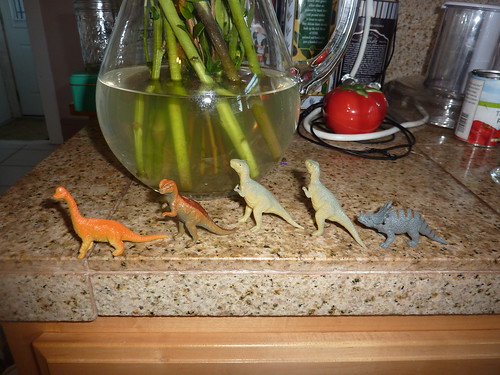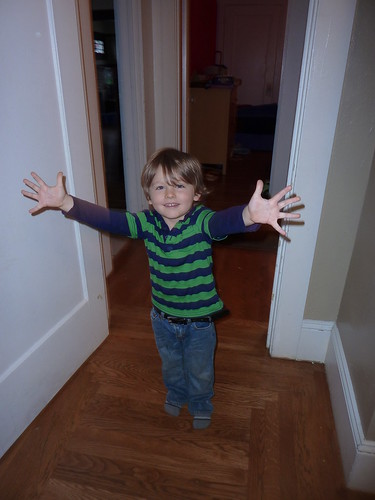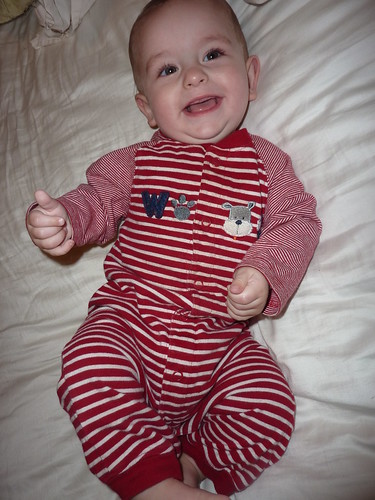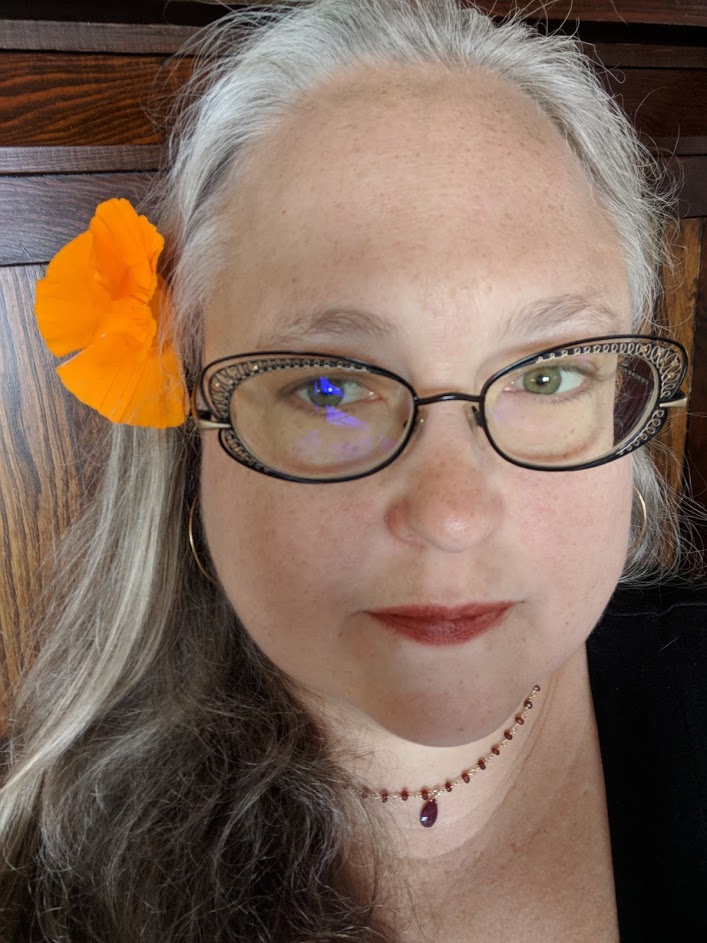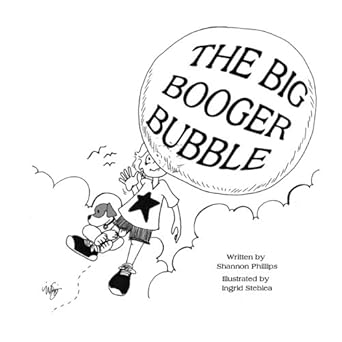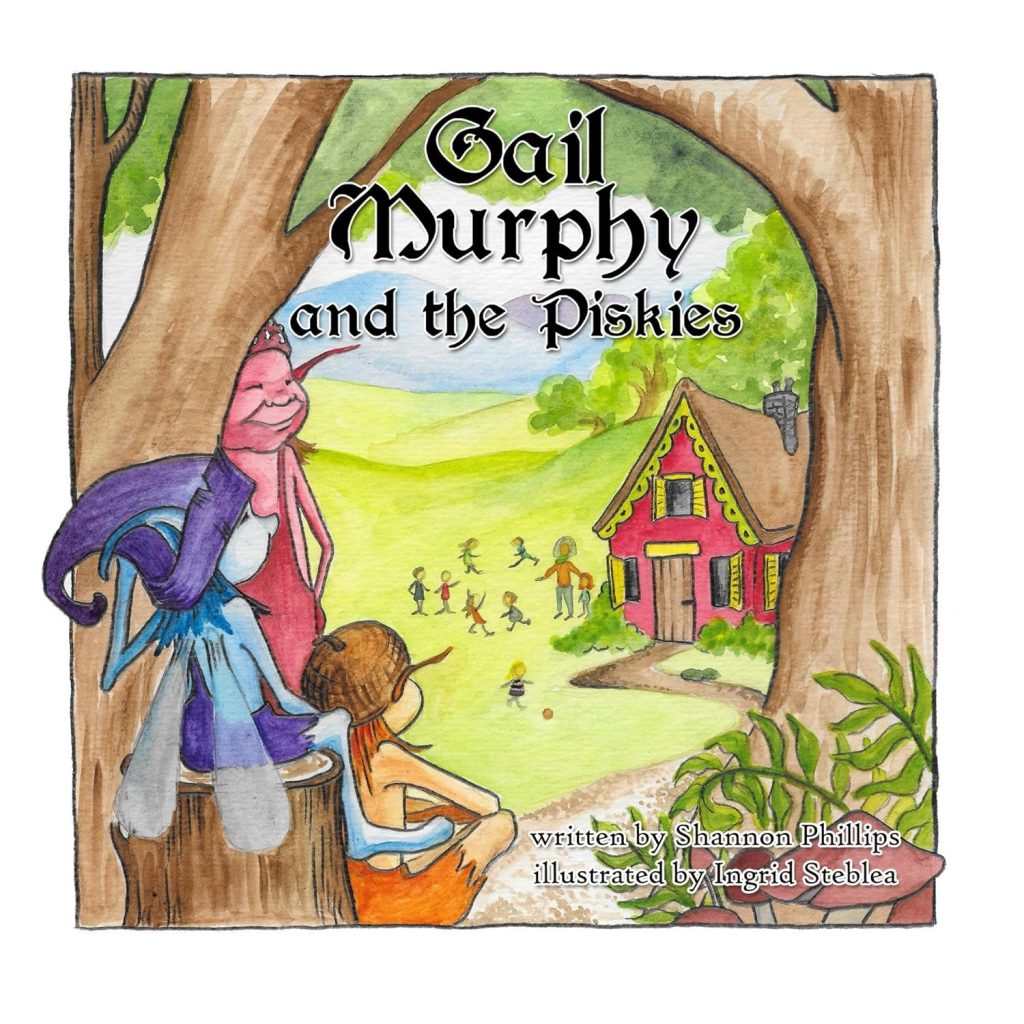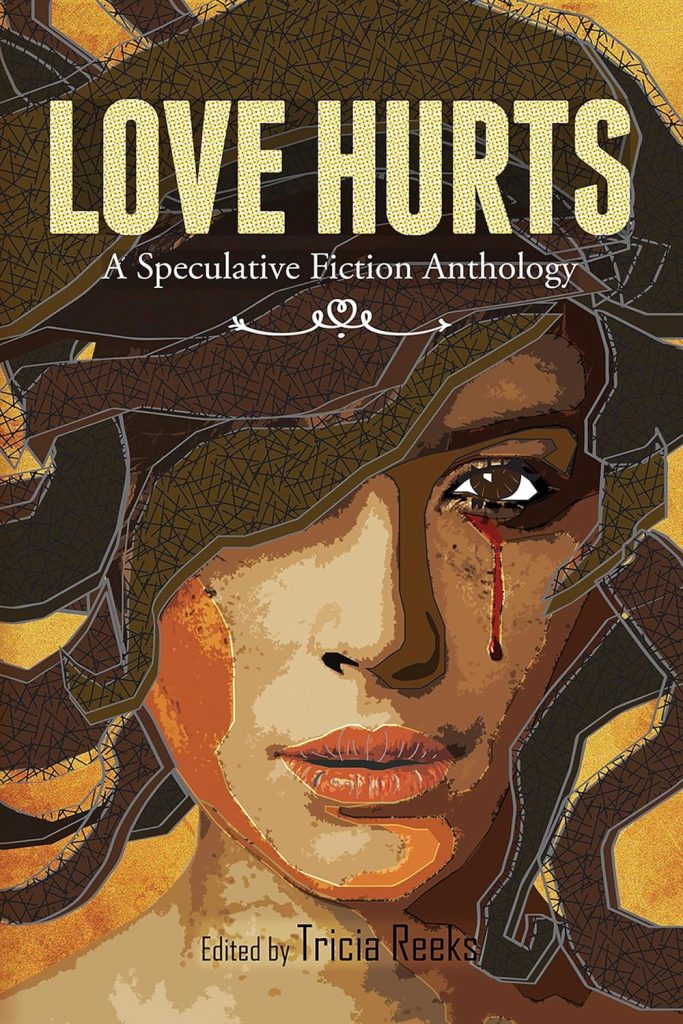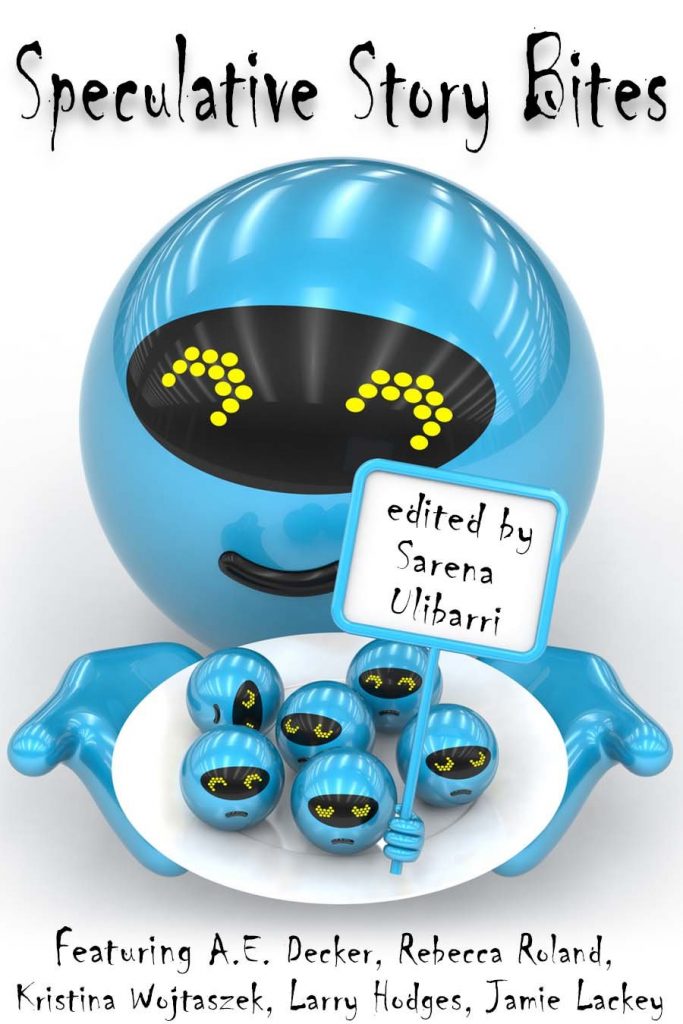I’m Not Lazy, Just Exhausted
Nights around here have continued to be difficult. Davy still isn’t sleeping for more three hours at a stretch, and Robin almost always wakes up too, needing cuddles. I wrote Nina a few days ago:
After another round of sleep-fail last night I’m resolved to get Davy his own crib. He’s so unlike Robin—he really doesn’t like to be crowded when he’s asleep. Here’s what happened last night, which was absolutely a typical night:
I put Robin to bed at around 8:30. Robin insists on being cuddled to sleep—he won’t go to bed unless there’s someone lying down with him. Once Robin was asleep in his own bed I moved over to our
bed. Meanwhile Sam was bouncing the baby to sleep. When Davy was asleep Sam laid him down beside me, making sure to position him so he had plenty of room in the bed.This arrangement worked fine until nearly midnight, when Sam decided that he’d like to go to sleep himself, and moved the baby over to the center of the bed, causing him to wake up and cry. I nursed him and Sam bounced him and I nursed him again, and we eventually got him back to sleep, but from midnight to 2am he slept fitfully—waking up periodically to squirm and cry before drifting off again. As a result I got almost no sleep during this period.
At 2am Davy woke up crying and didn’t go back to sleep, so I changed him and was giving him another feeding when Robin woke up and started calling “Daddy, bed–Daddy, bed, please.”
“Are you going to get in bed with him?” I asked Sam.
“Yeah, in a minute,” Sam mumbled, and promptly rolled over and went back to sleep.
“Daddy, bed, please,” Robin chanted. “Bed, Daddy, bed.”
“I’m feeding the baby, I can’t go over there,” I said to Sam, who snored deeply.
“Bed, Daddy,” said Robin, and then, apparently deciding that if the mountain wasn’t going to come to Mohammed that Mohammed should go to the mountain, climbed out of his bed and came over to ours.
At this point I shook Sam ferociously and said rather grumpily, “He’s up now, are you happy?”
“What?” said Sam, startled. “Huh? Robin, what are you doing out of bed?”
Then Sam and Robin went back to lie down in Robin’s bed, and Davy got Sam’s half of the bed, which made him perfectly happy, and everybody slept soundly until 5:30, when Sam’s alarm went off. Then the baby wanted another feeding, and Sam got up to go to work (feeling all achy because he spent half the night sharing a twin bed with a three-year-old). Afterwards me and the kids all went back to sleep until a bit after 7, when Robin woke up. This counts as “sleeping in” and as a result I’m actually fairly well rested today, on a relative scale, even though I haven’t had more than three hours of consecutive sleep for…oh, as long as I can remember.
Last night, though, was different! I was having an allergic reaction to something, so we went and got some Benadryl (I haven’t had any allergy problems since we moved into this house, but apparently there’s something in the air right now). It knocked me out like a light and I went to bed at 7:15. Sam put Robin to bed and ended up sleeping with him all night, with the result that Robin didn’t wake up and Davy slept well. I still had to get up and feed him every three hours, but with the Benadryl’s influence I fell asleep again immediately afterwards, and when we all got up a full twelve hours later I felt…amazing. It’s not even noon yet and I’ve done a load of dishes, three loads of laundry, taken out the trash, swept the floor, scrubbed the stove, and cleaned out the refrigerator—all in between things like feeding the kids, changing diapers, and playing with dinosaurs. I don’t even recognize myself. I’ve been sleep-deprived for so long that I’d forgotten what having energy feels like.
In retrospect, this also probably also explains why I was sick for six weeks the past couple months. I’ve been completely exhausted, of course I’m going to have trouble fighting off or recovering from illness.
